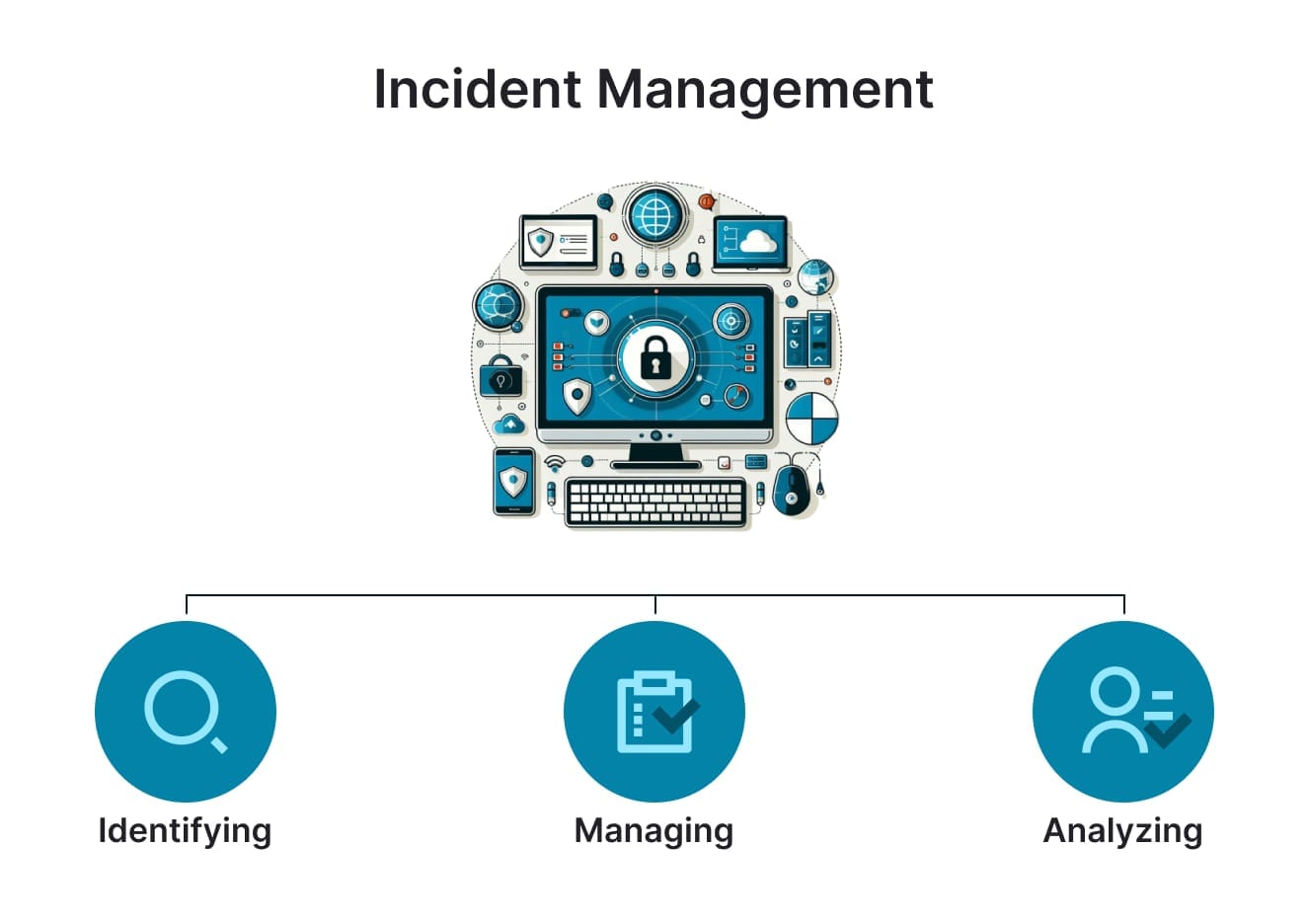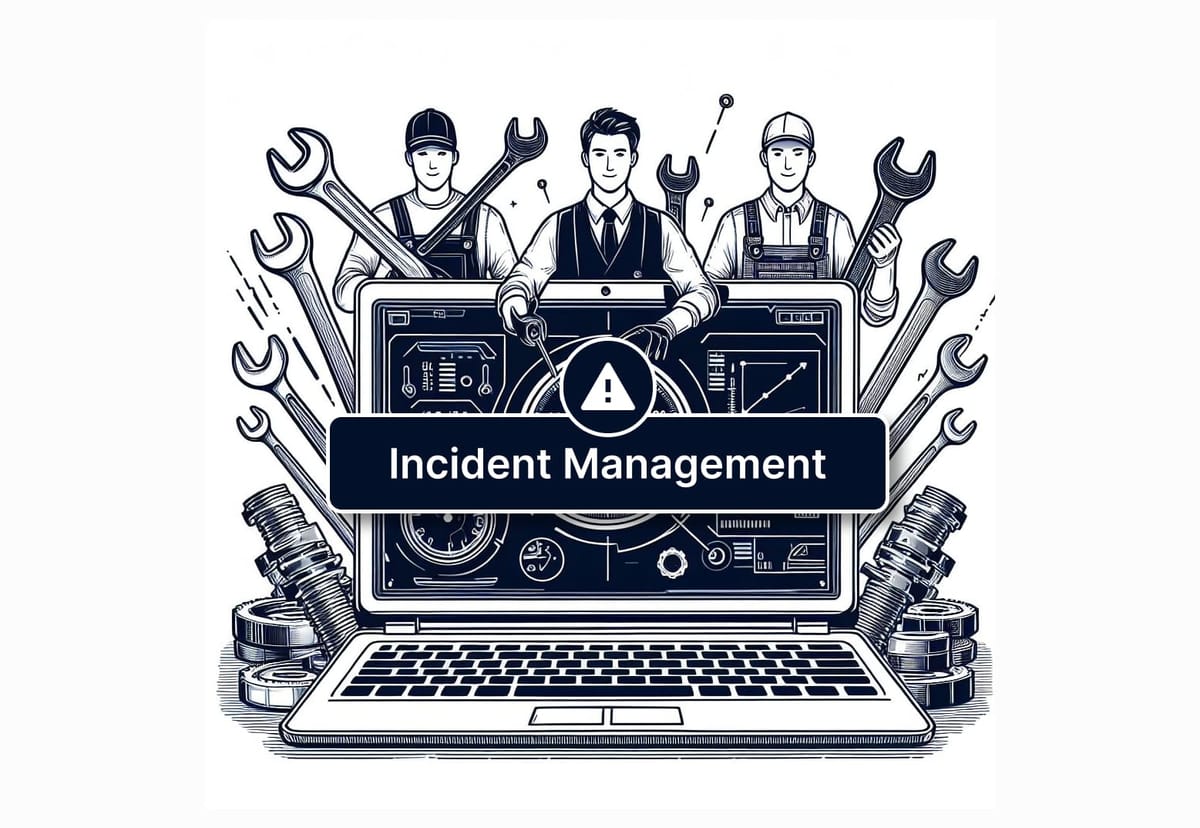In the fast-paced world of incident management, the last thing teams need is confusion brought on by tool sprawl and misunderstandings. However, a lot of businesses struggle with it, which makes it difficult for them to react to situations appropriately. This blog examines the challenges of tool sprawl and misunderstandings in incident response and also provides solutions to overcome them.
Cost of tool sprawl: Organizations frequently acquire a large number of specialized tools in their pursuit of enhanced incident response capabilities. The incident management process may become more complicated and fragmented even though each instrument may have a distinct function. This fragmentation raises the possibility of errors and inconsistencies in addition to increasing operational overhead.
Recent studies show that organizations with a large tool sprawl spend a large percentage of incident resolution time resolving conflicts between different systems instead of addressing the underlying causes of problems.
Communication Dilemma: Successful incident management is based on effective communication. But in settings where there is a dispersion of tools, routes of communication might get broken up and disconnected. Teams may discover themselves switching between several platforms while fighting to stay together amid the mayhem. Delays in responding, miscommunications, and even serious information exchange errors might arise from this.
Miscommunications can have especially negative effects in high-stress scenarios, like during a significant incident. These include extended downtime and a greater influence on corporate operations.
We understood the challenges of using multiple tools and communications and how it makes incident management way more difficult than it is. Let's discuss how to mitigate it and what the possible solutions are.
Consolidation as a solution: A method for reducing the difficulties caused by tool sprawl is to combine incident management systems onto a single platform. Organizations can simplify their processes and cut down on the overhead of managing several systems by centralizing monitoring, alerting, and response capabilities.
The process of incident management is made simpler by this consolidation, which also encourages more accountability and visibility among teams. Additionally, organizations can use the combined knowledge of their staff to respond to situations more skillfully by removing silos and promoting teamwork.
Standardized Communication Protocols: During incidents, coordination of response operations depends on clear and constant communication. Organizations need to set up standardized channels and norms for communication to handle the communication breakdowns brought on by tool sprawl. Roles and responsibilities must be clearly defined, escalation protocols must be established, and communication templates for typical situations must be put into practice.
Organizations can reduce the possibility of miscommunication and guarantee that important information is communicated clearly and promptly by establishing a standardized framework for communication.

Leveraging Automation and AI: Automation and artificial intelligence (AI) can be extremely important in augmenting incident management capabilities, in addition to standardization and consolidation. Teams can more effectively allocate resources by prioritizing problems according to their severity and possible impact with the use of AI-powered analytics. Moreover, automation can simplify monotonous jobs like incident triage and resolution, freeing up personnel to concentrate on more strategically important work. Organizations may greatly increase the effectiveness of incident management by reducing response times and utilizing automation and artificial intelligence.
We have written a separate blog on how to leverage the role of automation in Incident management
Cultivating the Collaboration: Ultimately, resolving the issues of tool sprawl and miscommunications calls for a cultural change in addition to technology fixes. Organizations must cultivate a culture of cooperation, openness, and responsibility among their incident management teams. This entails developing a sense of ownership and accountability for incident response, as well as open channels of communication and knowledge sharing. Organizations can develop a resilient incident management culture that can handle even the most difficult circumstances by giving their employees the freedom to collaborate toward shared objectives.
Conclusion: Success in the unpredictable and uncertain world of incident management demands overcoming the challenges of tool sprawl and misunderstandings. Organizations may effectively navigate through the chaos by utilizing automation and artificial intelligence, standardizing communication standards, combining tools, and cultivating a collaborative culture. Organizations may rise above the chaos and emerge stronger and more resilient than ever before with the correct strategy and mindset, even though the trip may be difficult.

